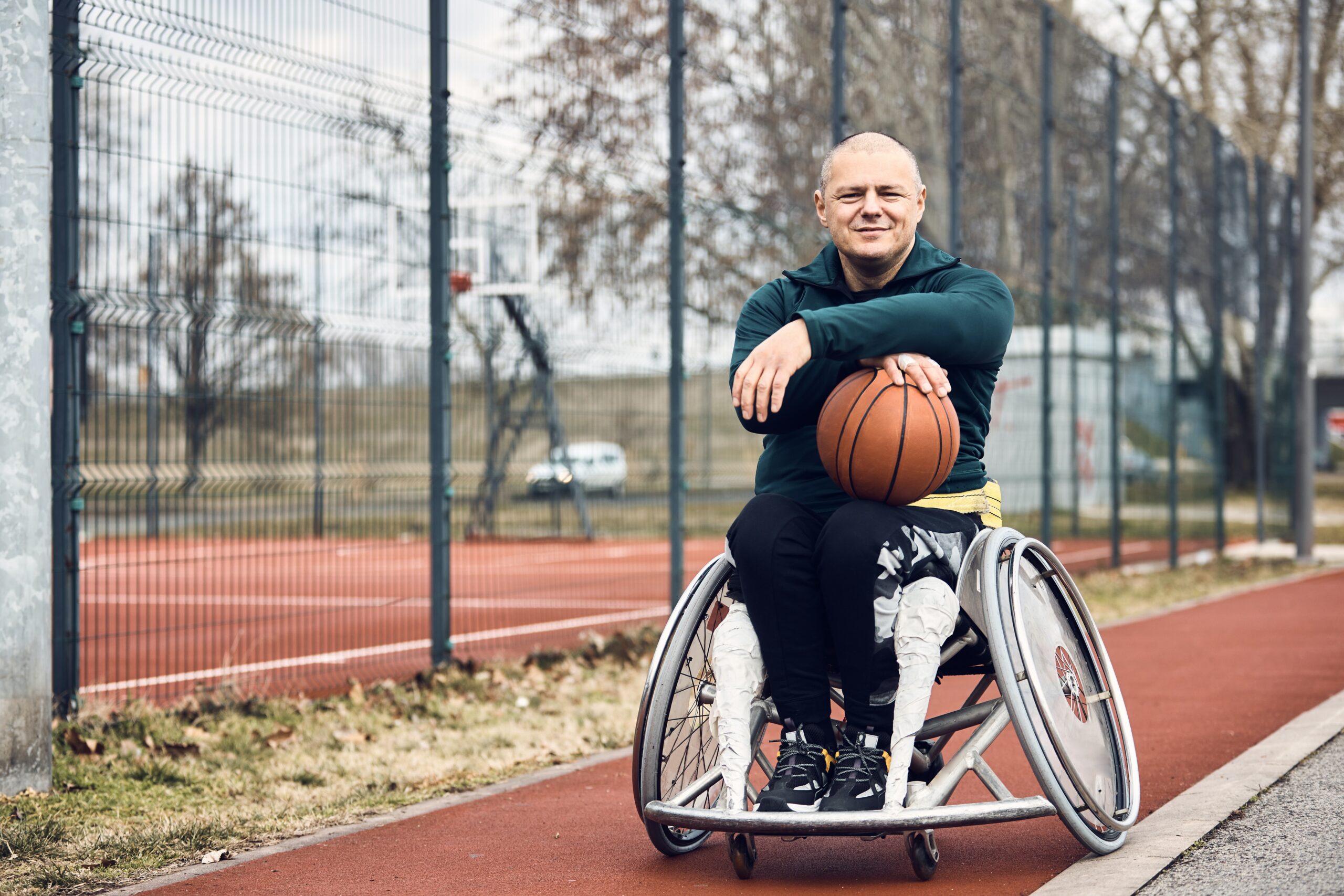Movement
Discovering Your Passion: Sports Adapted for Seniors
Hey there, all you wise and active seniors! It’s time to lace up your sneakers and get ready to discover a world of excitement and camaraderie through adapted sports.
Yes, you heard it right!
Just because we’ve entered our golden years doesn’t mean we have to hang up our athletic ambitions. In fact, this is the perfect time to embark on a new adventure and find a passion that will keep us healthy, happy, and energized. So, let’s dive into the wonderful world of adapted sports!
Staying physically active is essential for maintaining a fit and agile body, as well as for keeping those endorphins flowing. But we understand that traditional sports might not always be suitable for everyone in our age group.
Fear not! Adapted sports are designed specifically to address our unique needs and abilities.
One fantastic option for those with limited mobility is wheelchair basketball. This fast-paced game not only provides an excellent cardiovascular workout but also promotes teamwork and strategic thinking. Picture yourself racing down the court, dribbling the ball and sinking the perfect shot – all while having the time of your life.
If you’ve always fancied yourself a fish in the water, why not take a dip into the world of adapted swimming?
Water provides a gentle and low-impact environment that is easy on your joints but challenging for your muscles. Whether you’re doing laps or engaging in water aerobics, swimming can improve your cardiovascular fitness, enhance flexibility, and help soothe any joint discomfort you may have.
For those who love the thrill of competition, adapted track and field events might be right up your alley. From sprinting to shot put, these events offer a chance to showcase your speed, strength, and agility. Plus, participating in such events can boost your confidence and self-esteem as well as improve your overall fitness.
Now, let’s not forget about the mind! Mental wellness is just as important as physical fitness, and participating in sports can do wonders for our cognitive health. The concentration, problem-solving, and decision-making involved in sports help keep our brains sharp and agile. Furthermore, the social interaction and sense of belonging that come with adapted sports can ward off feelings of loneliness and isolation, promoting mental well-being.
Of course, no discussion about health and fitness would be complete without mentioning nutrition. As we age, it becomes even more crucial to fuel our bodies properly. So, how about we channel our inner chefs and delve into the world of cooking? You can explore healthy recipes that cater to your dietary needs and preferences. Experiment with fresh ingredients, discover new flavors, and nourish your body from the inside out. Cooking not only engages our creative side but also ensures we’re getting all the essential nutrients to stay strong and healthy.
Aging gracefully is another aspect we should embrace, and adapted sports can help us do just that. Engaging in physical activities designed for seniors promotes longevity by keeping our bodies fit and vibrant. Regular exercise can strengthen our muscles and bones, improve balance and coordination, and reduce the risk of chronic conditions such as heart disease. So, let’s raise a glass (of water, of course) to a long and joyful life!
My fellow seniors, adapted sports are here to remind us that age is just a number. There’s a whole world of exciting activities waiting for us to explore – from the exhilaration of wheelchair basketball to the serenity of adapted swimming.
These sports will not only keep us physically fit but also nurture our mental well-being and zest for life. So, let’s put on our game faces, find our passion, and show the world that age is no barrier to achieving greatness.
Let the games begin!

Movement
Revamp Your Walk: Boost Health with These 5 Key Steps
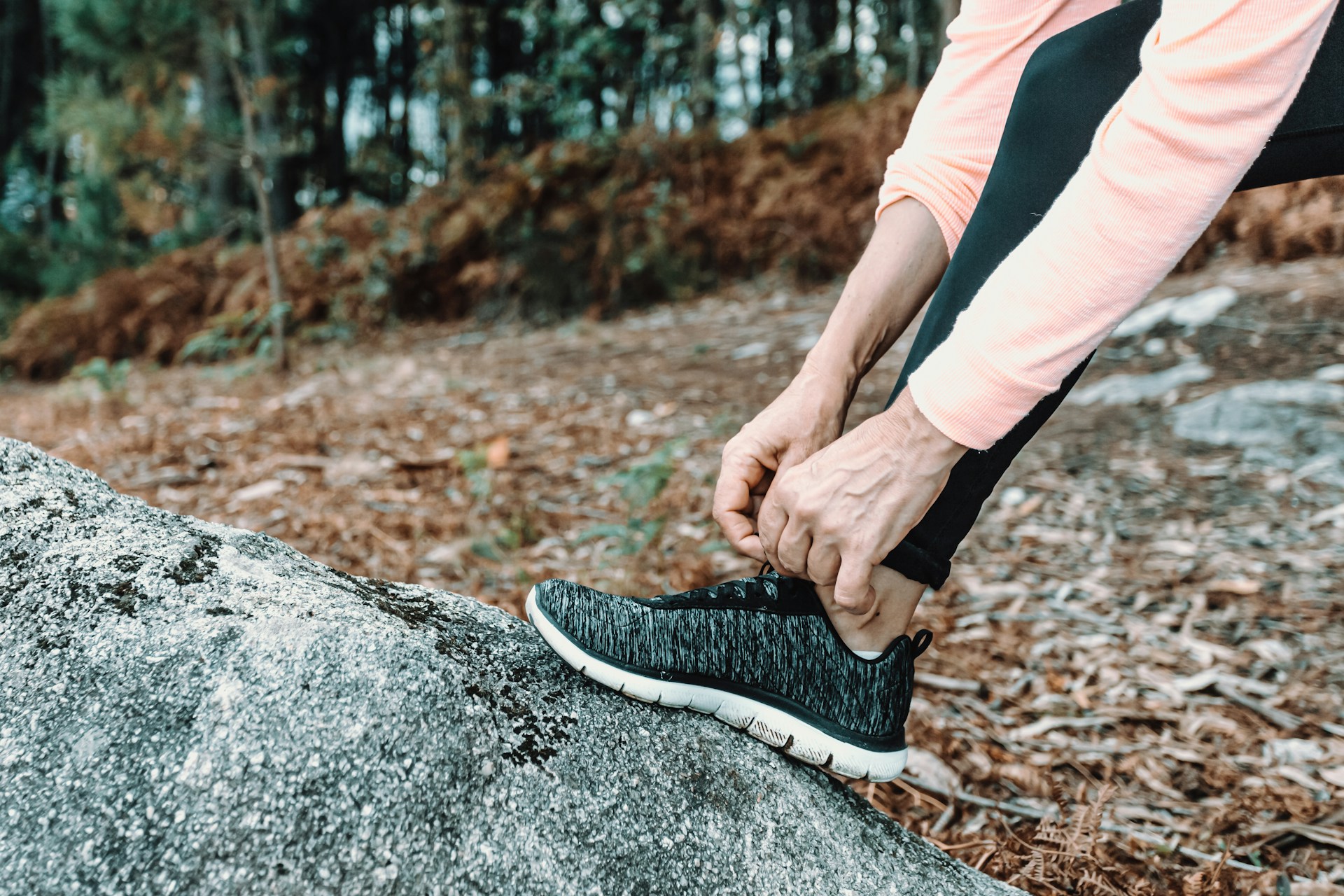
Starting your day with a brisk walk can do wonders for your health and weight loss goals. Walking is not only easy and accessible, but it also has a host of benefits for your cardiovascular system, lung strength, and metabolism. Here are five ways to enhance your daily walk, making it a powerful tool for shedding those extra pounds and improving your overall well-being.
Wear the Right Gear
Before you even step outside, make sure you’re equipped with a good pair of walking shoes. This simple investment can make a world of difference in your comfort and performance.
“All you need is a good pair of walking shoes,” says a seasoned fitness expert. Proper footwear can help prevent injuries and make your walk more enjoyable.
Track Your Heart Rate
Monitoring your heart rate can significantly improve the effectiveness of your walking routine. A heart rate monitor can be a valuable tool in understanding your workout intensity.
“I love the MYZONE because it’s so simple and easy,” the expert comments. By keeping your heart rate within 70-80% of your maximum (calculated as 220 minus your age), you can maximize your aerobic capacity and fat burning.
Start Slow and Build Gradually
It’s crucial to ease into any new exercise program to avoid injury and ensure long-term success. Start by walking short distances and gradually increase both the duration and intensity of your walks over a period of 4-6 weeks.
“The goal is to increase your baseline fitness with maybe 4-6 weeks of building up endurance and distance by slowly adding to these variables and taking baby steps,” advises the expert.
Schedule Walks with Friends
One surefire way to stick to your walking routine is to make it social. Research shows that people are more likely to follow through with exercise when they know someone is counting on them.
“It’s an ‘appointment,’ and someone is counting on you to show up!” says the fitness expert. Scheduling walks with a friend or family member can make your exercise more enjoyable and keep you accountable.
Combine Walking with a Healthy Diet
Exercise alone won’t lead to significant weight loss if it’s not paired with a balanced diet. Pay attention to what you’re eating and drinking each day to ensure you’re burning more calories than you consume.
“The overall goal is burning calories, whether they are from fat or from carbohydrates,” the expert points out. Monitoring your diet can amplify the benefits of your walking routine, helping you achieve and maintain your weight loss goals.
Walking is a fantastic way to boost your health and aid in weight loss. By following these five tips, you can turn your daily walk into a highly effective workout. Remember to be patient with yourself—changes take time, but with consistency, you’ll soon start to see and feel the benefits. So lace up those shoes, grab a friend, and get moving!
Let us know what you think, please share your thoughts in the comments below.
Movement
Unlock Your Best Shape Yet: 13 Expert Tips for Fitness After 50
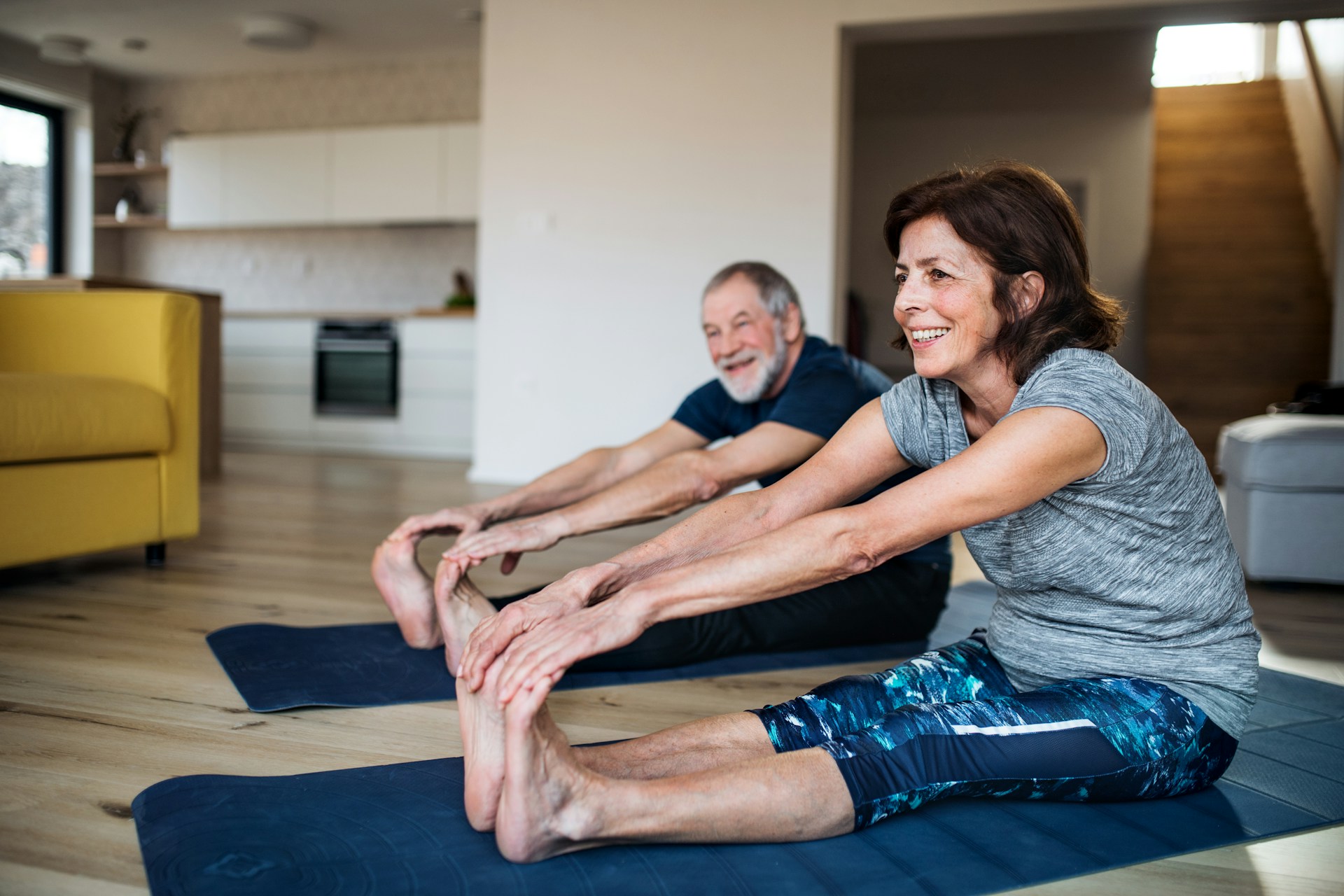
Maintaining your health and fitness after crossing the milestone of 50 requires a balanced approach and an understanding that your body’s needs evolve as you age. This wisdom comes from Garage Gym Reviews’ certified personal trainer, Kate Meier, CPT. She shares 13 insightful tips to keep you fit and active in your golden years and beyond.
Aging brings with it the need to prioritize certain aspects of fitness, such as cardiovascular health, muscle mass preservation, bone density, and improved balance. A regular exercise routine that incorporates strength training, cardio, and exercises to enhance mobility can do wonders. Add to this, a healthy, nutrition-rich diet, and you’ve got the formula to age gracefully while maintaining a fit body.
Kate Meier shares, “As you enter your 50s, the list of factors to consider as you plan your fitness regimen grows. Combining exercise, diet, and lifestyle habits is important if your goal is to get fitter overall. The following tips can help you reach your goals and maintain optimal fitness in your 50s.”
Strength Training
Strength training is a key part of any exercise routine, especially for those over 50. It helps maintain muscle mass and bone density, which are crucial for staving off injuries and staying strong as you age. But, it’s not just about muscle and bones.
“Staying consistent with resistance training is an important part of maintaining your fitness as you age,” states Meier. “Beyond improving muscle mass and bone density, strength training also helps keep your metabolism strong.”
Cardio
Cardiovascular exercise is equally vital. Regular cardio workouts like walking, jogging, cycling, or swimming are essential for heart health. It also supports healthy weight management and overall fitness.
“Cardiovascular exercise is especially important to reduce the risk of a range of age-related conditions, including heart disease,” says Meier.
Balance and mobility
Balance and mobility exercises are another key part of a well-rounded fitness routine. Achieving and maintaining good balance can prevent falls and injuries that can significantly affect one’s quality of life as they age.
“Good balance is a key aspect of healthy aging,” Meier advises. “Incorporate exercises that promote good balance to maintain good balance as you age.”
Movement
In our modern world, where desk jobs and sedentary lifestyles are commonplace, every bit of movement counts. Staying active throughout the day by taking short walks or doing some stretches can negate the detrimental effects of sitting for extended periods.
“Getting workouts in is important, but so is moving throughout your day,” says Meier.
Hydration
Hydration is another crucial factor where health and fitness are concerned. Drinking water and eating foods that hydrate the body facilitate digestion, nutrient absorption, and maintain energy levels. According to Meier, dehydration can lead to fatigue, cramps, and other health issues, derailing your fitness progress.
Sleep
Sleep is an essential aspect of maintaining good health and achieving fitness goals. Adequate sleep can boost mood, cognitive performance, and overall health, while lack of it increases your risk of chronic ailments.
“Getting enough sleep goes a long way in helping you feel good and get the most out of your workouts and day-to-day life,” says Meier.
Diet
Eating a balanced diet rich in essential nutrients can help maintain energy levels, aid recovery from workouts, and combat inflammation.
“Getting all the nutrients your body needs is important to maintaining your health as you age,” explains Meier.
Consistency
The secret weapon for achieving longevity in fitness is consistency.
“In your 50s, staying active is the best way to make sure you maintain the skills, strength, and balance you’ve built over the years,” shares Meier.
Finding joy
Finding joy in your workouts is a simple but often overlooked aspect that can make a significant difference in your motivation and commitment to staying fit.
“If you work out in a way that you love, both physical and mental health stand to benefit,” says Meier.
Workout Partner
Having a workout partner not only makes workouts more fun but also boosts motivation and accountability.
“Finding camaraderie in another fitness enthusiast with similar goals and facing the same challenges you are can work wonders for your fitness routine,” says Meier.
Protein
Your nutritional needs change as you age. Increasing protein intake can support muscle maintenance and repair, helping you stay strong and active.
“Older adults fare better when they eat more protein than younger adults,” Meier explains.
Check-ups
Regular health check-ups are vital to monitor your health and ensure your fitness routine is aligned with your overall wellness.
“Recommended screenings for certain diseases and general wellness measures like blood pressure and cholesterol help determine your risks of a range of age-associated diseases,” says Meier.
Mental Health
Mental health, though not directly related to physical fitness, plays a significant role in overall well-being.
“While your mental health may not directly impact how fit you look on the outside, it’s an overarching piece of the puzzle,” says Meier.
Using these tips, finding a balance between physical activity, good nutrition, regular health check-ups, and taking care of your mental well-being should have you feeling fit, healthy, and thriving well past 50.
Let us know what you think, please share your thoughts in the comments below.
Movement
Jennifer Garner Shares Her Secret Workout for Staying Energized at 52
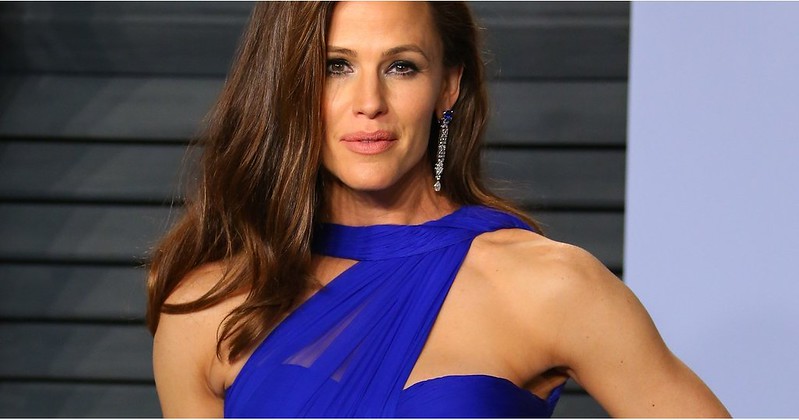
Jennifer Garner, the age-defying Hollywood actress, recently gave fans a glimpse into the secret behind her endless energy and radiance. In a video shared on Instagram, the 52-year-old star was seen enjoying a playful workout on a mini trampoline in her own residence.
This spirited exercise routine may be an integral part of how the star stays in such phenomenal shape. Martyn Oakey, a fitness expert at Everlast Gyms for Sports Direct, offered an in-depth explanation of why such an exercise is beneficial.
“Trampolining is a full-body workout that simultaneously targets and engages multiple muscle groups, such as legs, arms, back, and core,” Martyn shares.
Not only does it stimulate various parts of your body, it contributes to weight loss, too. “Since rebound-based exercises raise your heart rate and burn calories, it can also help you to lose weight when paired with a calorie deficit diet.” Martyn further highlighted the immense benefits of trampolining.
Beyond physical fitness, did you know that bouncing on a trampoline can actually boost our mood? Garner’s joyous expression in her workout video is enough supporting evidence. According to Martyn, “It is a mood-boosting activity due to its playful nature, helping to release endorphins which improve your overall happiness.”
In addition, he pointed out the importance of enjoying your workout for the long-term adherence to regular exercise. “Enjoying your exercise means you’re more likely to keep it up and stay engaged, which is useful if you’re trying to build a regular routine!”
If you’re in your 50s, like Jennifer Garner, you might want to incorporate trampoline workouts into your regimen. “It is a low-impact exercise that absorbs shock, compared to activities like running or jumping on solid ground which do not,” Martyn shared.
He further explained that this feature of trampoline workouts can help alleviate the joint pain and stiffness which are common symptoms of menopause.
Trampolining can provide tangible results if done regularly. Martyn explains that this form of exercise gradually strengthens and shapes your muscles, which in turn can improve your strength and enhance your posture over time.
Now, you might be wondering about the feasibility of incorporating a trampoline into your fitness routine. “You can buy mini trampolines in-store and online. They are usually quite space-efficient and mobile so can be moved around and placed in the perfect spot in your house,” Martyn clarified.
Furthermore, he mentioned that numerous trampoline classes are available on YouTube for guidance.
To achieve a toned physique like Jennifer Garner, Martyn suggests gradually increasing the frequency of your trampoline sessions to minimize injury risk. He recommends performing two to three sessions a week, each lasting approximately 15 minutes.
For newcomers, Martyn advises starting with stationary jumps, low jumps, and swivel hips to warm up and establish a firm control over your form. Once you master these essential skills, you can proceed with star jumps, tuck jumps, hamstring curls, and scissor kicks – a workout routine that can make you feel as spry as Jennifer Garner.
Let us know what you think, please share your thoughts in the comments below.
-

 Health5 months ago
Health5 months ago17-Second Neuropathy Solution
-

 Nutrition9 months ago
Nutrition9 months agoThe Aging Secret of Vitamin D Unveiled
-
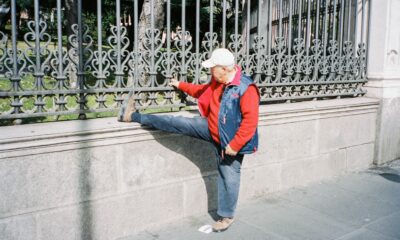
 Health1 year ago
Health1 year agoPreventing Falls and Injuries for Seniors
-

 Health4 months ago
Health4 months agoOncologist Reveals Top 5 Cancer Prevention Tips You Shouldn’t Ignore
-
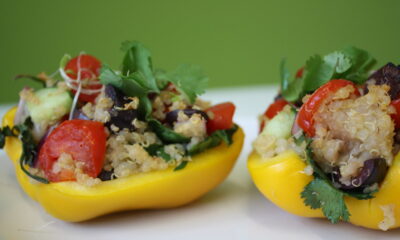
 Nutrition1 year ago
Nutrition1 year ago5 AMAZING Dinner Recipes That Are Also HEALTHY
-
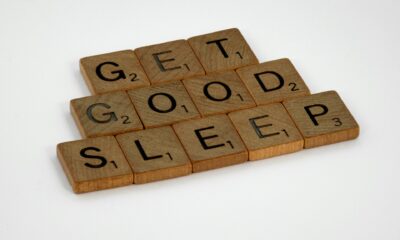
 Lifestyle5 months ago
Lifestyle5 months agoSleep Soundly with These 11 Expert-Approved Bedtime Routines
-
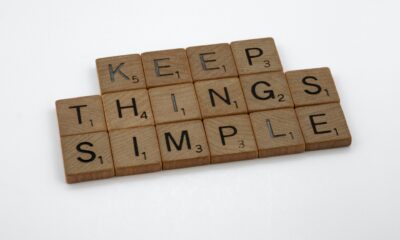
 Health10 months ago
Health10 months agoDownsizing Tips: Simplifying Your Lifestyle
-

 Lifestyle1 month ago
Lifestyle1 month agoMorning Habits That Could Add Years to Your Life
